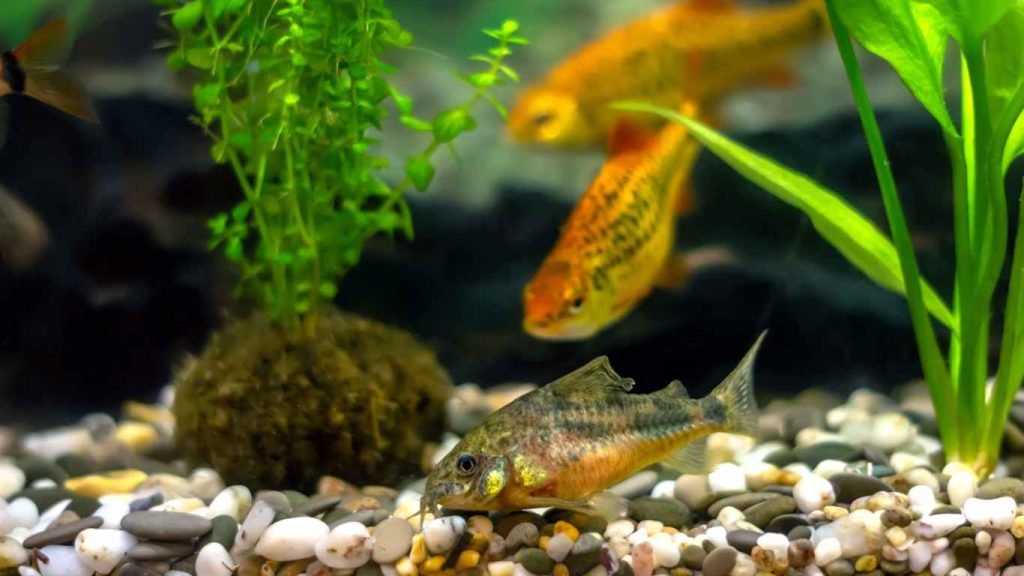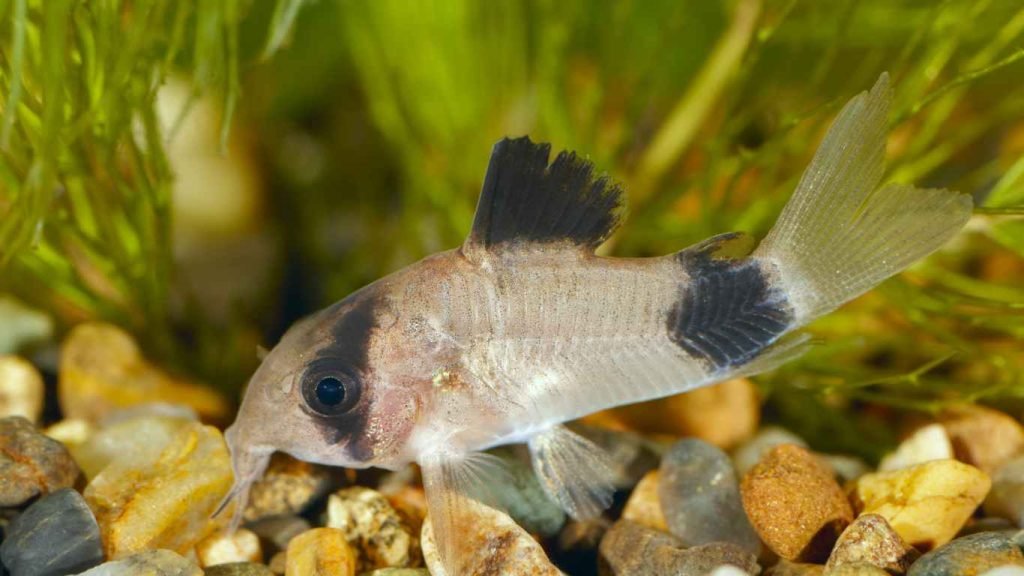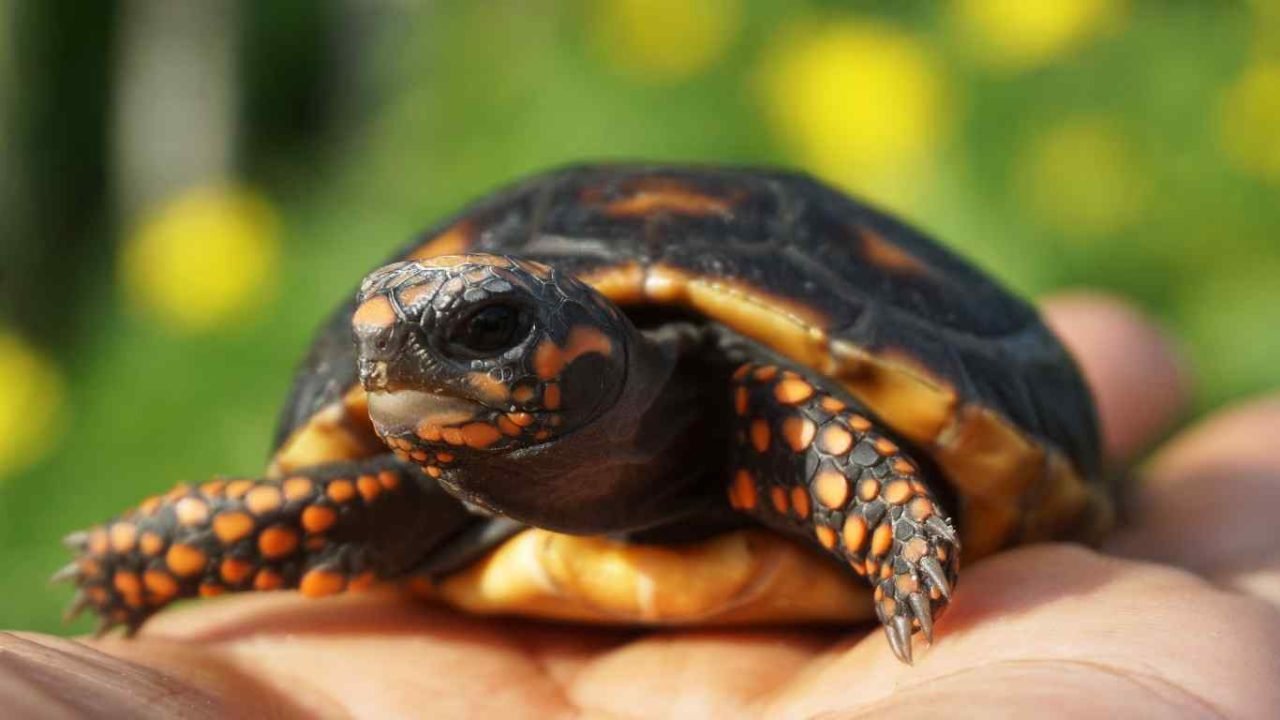Are you a proud owner of Corydoras catfish in your freshwater aquarium? Wondering if shrimp can be a part of their diet? In this article, we will explore the feeding habits and compatibility of Corydoras with shrimp to provide you with the information you need to care for your aquatic friends.
Corydoras, known for their unique appearance and sociable behavior, are often misfed in the aquarium hobby, with many believing they can survive on leftover flakes and detritus. However, this is not the case. Corydoras require a varied diet to thrive and reach their full potential. One common question among enthusiasts is, “Do Corydoras eat shrimp?” While Corydoras may not consume larger shrimp species, they can still benefit from certain shrimp-based foods, contributing to their overall health and well-being in the aquarium environment. Understanding the dietary preferences of Corydoras is essential for providing optimal care and ensuring the longevity of these fascinating freshwater inhabitants.
Do Corydoras Eat Shrimp? Core Insights:
Tank Compatibility for Corydoras and Shrimp
Corydoras and shrimp can generally coexist in the same tank without any major issues. However, there are a few factors to consider when keeping these two species together.
- Tank Size: It is important to ensure that the tank is large enough to accommodate both the Corydoras and the shrimp comfortably. A 20-gallon tank or larger should be sufficient.
- Hiding Places: The tank should have plenty of hiding places and plants for the shrimp to seek shelter in, as Corydoras can sometimes be a bit too curious and may try to interact with the shrimp.
- Shrimp Compatibility: Some larger species of shrimp, such as Amano shrimp, may eat small baby Corydoras if given the opportunity. Therefore, it is advisable to keep larger shrimp species with adult Corydoras or provide ample hiding places for the baby Corydoras.
By considering these factors, you can create a tank environment where both Corydoras and shrimp can coexist peacefully. The provided image below showcases a tank setup that incorporates both species:
To summarize, with the right tank size and adequate hiding places, Corydoras and shrimp can thrive together in the same aquarium. Just be cautious of larger shrimp species and provide suitable conditions for the coexistence of these two aquatic creatures.
Corydoras Tank Mates and Feeding Habits
Corydoras catfish are peaceful and social fish that can coexist harmoniously with a variety of tank mates. Whether you have a community aquarium or a tank dedicated to bottom-dwelling fishes, Corydoras can be excellent companions.
When it comes to selecting tank mates, consider peaceful community fish such as rasboras, tetras, and gouramis. These species generally share the same calm temperament as Corydoras, making them compatible tank companions. Additionally, other bottom-dwelling fish like loaches can thrive alongside Corydoras without causing any conflicts.
Now let’s dive into the feeding habits of Corydoras. These catfish are primarily bottom feeders, with a specialized downturned mouth and sensory barbels that help them locate food particles hidden in the substrate. They have an indiscriminate palate and will consume almost anything they come across while foraging.

“Corydoras can eat almost anything they find, but they do have a preference for meaty foods over plant-based ones.”
To provide a well-rounded diet for your Corydoras, it is advisable to offer a mix of sinking fish foods, frozen or thawed foods like bloodworms and mosquito larvae, and live foods like brine shrimp. This variety ensures they receive the nutritional balance they need for optimal health and vitality.
Remember to monitor your Corydoras during feeding to ensure they receive their fair share of food. Sometimes, other tank mates may outcompete them for food, so it’s essential to ensure that they are adequately fed.
Panda Corydoras: Profile and Care Guide
The panda Corydoras, scientifically known as Corydoras panda, is a popular catfish species in the freshwater aquarium hobby. It is appreciated for its peaceful nature and striking appearance. The panda Corydoras has a beige to orange-ish base color with black markings, giving it a panda-like appearance. It has a downturned mouth and three pairs of sensory barbels that help it search for food.

The species is naturally found in Peru and Ecuador, primarily in clear, fast-flowing waters with sandy substrate and aquatic vegetation. In captivity, panda Corydoras are easy to care for. They prefer slightly cooler water temperatures between 65-68 °F and a pH between 6-7.5. They can be housed with a variety of tank mates, including other Corydoras species, loaches, and small schooling fish.
Providing them with a suitable substrate, hiding places, and a varied diet will help them thrive in the aquarium.
Final Remarks
Corydoras catfish are a fantastic choice for your freshwater aquarium. With their peaceful nature and low-maintenance care requirements, they are suitable for both beginner and experienced aquarists. When it comes to their diet, it is important to provide them with a varied selection of food to ensure their well-being. Shrimp pellets and algae/veggie wafers are excellent options to meet their nutritional needs.
One of the key considerations when keeping Corydoras catfish is their compatibility with shrimp and other tank mates. Overall, Corydoras and shrimp can coexist harmoniously in the same tank, as long as the tank is spacious enough and provides plenty of hiding places for the shrimp. While larger shrimp species may pose a threat to small Corydoras fry, proper tank setup and careful selection of tank mates can mitigate any potential issues.

Join Our GeoZoo Family
Subscribe to our Newsletter
The panda Corydoras, with its distinctive appearance and peaceful demeanor, is particularly popular among aquarists. By ensuring the tank conditions are suitable, including the provision of suitable hiding places and maintaining a well-balanced diet, panda Corydoras can thrive and showcase their unique beauty in your aquarium.
In the end, incorporating Corydoras catfish, such as the panda Corydoras, into your aquatic community can be an enriching experience. By following the care guidelines and catering to their dietary requirements, you can foster a thriving and harmonious environment where your Corydoras and other tank inhabitants can thrive.
FAQ
Do Corydoras eat shrimp?
While Corydoras are primarily bottom feeders, they generally do not eat shrimp. They are more interested in scavenging for food particles on the substrate. However, larger species of shrimp may eat small baby Corydoras if given the opportunity, so it is important to consider the size of the shrimp and the tank environment when keeping them together.
Can Corydoras and shrimp coexist in the same tank?
Yes, Corydoras and shrimp can generally coexist in the same tank without any major issues. However, it is important to provide a suitable tank environment with enough hiding places for the shrimp to seek shelter in. Additionally, larger species of shrimp may eat small baby Corydoras, so it is advisable to keep larger shrimp species with adult Corydoras or provide ample hiding places for the baby Corydoras.
What are the tank compatibility considerations for Corydoras and shrimp?
When keeping Corydoras and shrimp together, it is important to ensure that the tank is large enough to accommodate both species comfortably. Providing hiding places and plants for the shrimp to seek shelter in is also essential. Additionally, it is advisable to consider the size of the shrimp species and any potential risk to small baby Corydoras.
What are suitable tank mates for Corydoras and what are their feeding habits?
Corydoras are peaceful and social fish that can be kept with a variety of tank mates, including other peaceful community fish like rasboras, tetras, and gouramis. They can also be kept with other bottom-dwelling fish like loaches. Corydoras are mainly bottom feeders and use their barbels to search the substrate for food. They will eat almost anything they come across, but they do prefer meaty foods over plant-based ones.
What is the profile and care guide for Panda Corydoras?
Panda Corydoras (Corydoras panda) is a popular catfish species in the freshwater aquarium hobby. They have a peaceful nature and striking appearance, with a beige to orange-ish base color and black markings. Panda Corydoras prefer slightly cooler water temperatures between 65-68 °F and a pH between 6-7.5. They can be housed with a variety of tank mates, including other Corydoras species, loaches, and small schooling fish. Providing them with a suitable substrate, hiding places, and a varied diet will help them thrive in the aquarium.

